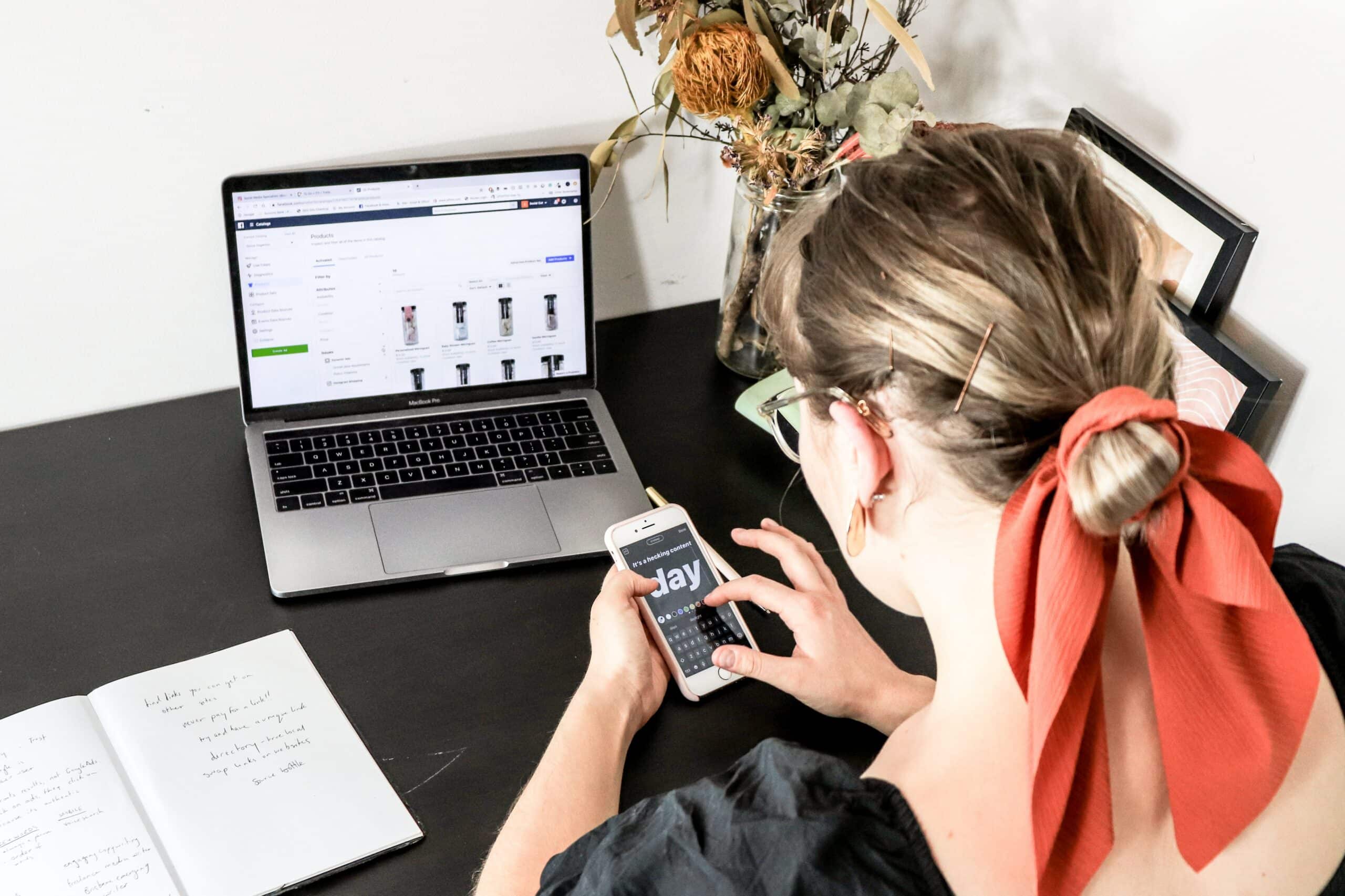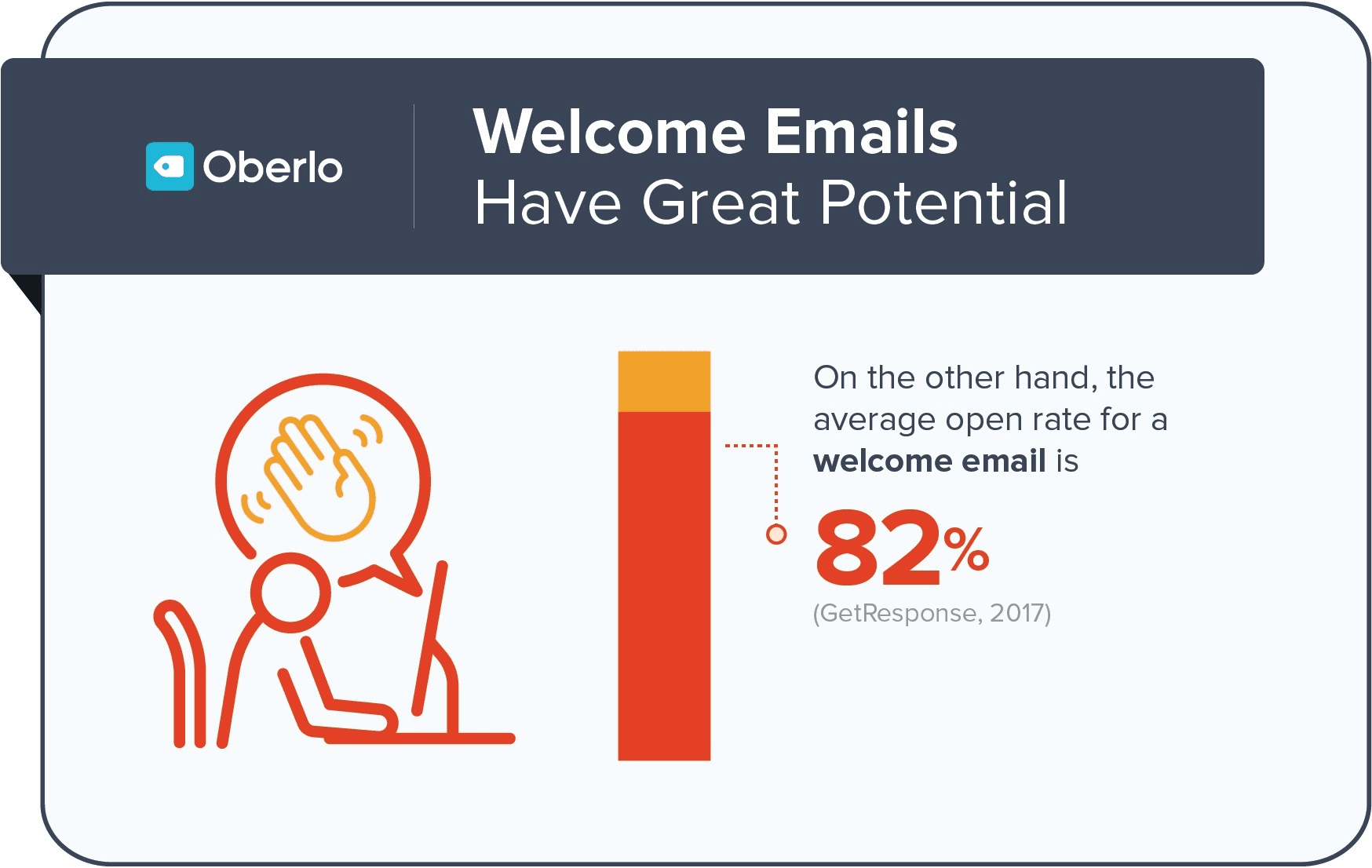
People love to feel noticed and special, even when it comes to businesses. If your business can make a customer feel special and they can see that you appreciate them, then they will respond positively and want to return to your business. You can accomplish this by using ecommerce personalization techniques.
Ecommerce personalization techniques are when a business makes adjustments to messages, information, and deals based on the customer. This can include their birthdays, deals based on their other purchases, and offering information that appeals to the customer. We will go over 10 of these techniques that you can use in your business to connect with your customers.
First, if you want to make your ecommerce personalization as effective as possible, you need to use omnichannel marketing software. Omnichannel marketing means that your business focuses on the customer and sending them information and deals based on their interests. It can utilize many automated systems, including SMS marketing automation, to accomplish this.

As you look at the image above, you will notice that almost everyone will use multiple devices as they make the decision to purchase a product. Omnichannel marketing will help them through that process by keeping the experience integrated and unified. This helps your business to keep the process as smooth as possible for your customers.
Omnichannel marketing focuses on making a personalized experience for customers. It adjusts itself according to the needs and desires of the customers. Using it will make your ecommerce personalization easier and more effective since it can adjust itself based on their needs.
This may seem like a simple thing, but this small act can make your messages more personalized. People like it when others recognize them or call them by name. When you add names to messages, people increase their trust in your business and will be more receptive to your offers.
Think of it this way: imagine that you got two messages from different companies. One started with “Greetings loyal customer” and the other started by putting your name with a greeting. Which one would you appreciate more? The second one, because of these reasons.
You can make a customer feel appreciated and recognized by simply adding their name to the message. By using marketing automation for different channels, you can easily have the software add the names of customers to the email. This keeps it simple while adding that extra piece of personalization to help them feel appreciated.
When people join an email newsletter or another service, they may not know what to do immediately. You can provide them with a welcome email to introduce them to your business, give them access to your website, and provide a call-to-action (CTA) to encourage interactions with your business.

You will see high reception from welcome emails when you send them out. According to the statistics in this image, over 8-out-of-10 customers will open your welcome emails to your business. This happens because it helps customers in multiple ways.
Welcome emails can work as an initial guide for customers, and when you send them one, they feel recognized by your business. This welcome email will help them to form a first impression of your business and you can start to create a connection with them.
Birthdays mark an important day in people’s lives. They can think back on their recent growth while considering the future. As a business, you can offer customers special deals on their birthdays to make them feel special, personalize their messages, and encourage them to take advantage of the deal that you gave them.
You can take different approaches to this. Companies most commonly offer a discount on the store, a buy-one-get-one-free offer, or store credit. Any of these options will work and could encourage people to make a purchase through your business. Of course, all of this should fit into your discount promotion strategy.
All of these options allow you to provide your customers with a birthday gift while still giving your business the opportunity to make a profit. Use whichever approach you think will work the best and appeal to your customers.
You can easily set up the software to give your customers recommendations. This means that your automated software will keep track of the information that your customers look at and the products that they view. From here, it will send them recommendations for other products or items based on those interests.
This gives them more exposure to your other products while encouraging them to make a purchase. After all, they looked at those items in the first place because they considered buying them. If they didn’t make the purchase, then recommending similar items could give them that extra push to convince them to buy one of your products.
While this may seem complicated or difficult, most websites use tracking cookies to find out this information. Simply make a notification for your customers when they visit your website letting them know about the tracking cookies. Take advantage of automated software to handle the rest. These occasional recommendations could convince a visitor to become a customer.
On top of sending customers related products, you should have your software continue to send them different information or messages about your products. Let’s look at an example.
This helps with personalization as your software sends specific emails based on the demographics and metrics of your customers. It recognizes that your customer opens the emails with information, so it will continue to send those emails to that customer.
Customers want businesses to send them relevant and important information. If you notice that a customer prefers certain types of emails, make sure to send those emails to that customer. You can maximize open rates while giving the customer positive experiences with your business as you send them relevant and personalized information.
Businesses can use A/B testing to see how customers react to different types of messages, emails, websites, and other changes to the business. In short, you split your customers in half and send one type to one group and another type to another group. To support this claim, Bing sees a 10 to 25 percent revenue increase every year due to A/B testing.

The above image gives an excellent example of what happens during A/B testing. Half of the customers see variation A and the other half see B. Variation B has a noticeably higher conversion rate than variation A, so the company knows to use variation B. This allows your business to use the variation that appeals to your customers.
A/B testing allows personalization over time. Your audience has specific preferences, so you can adjust your messages and website through A/B testing to meet those needs. If some people respond to one message better than another, you can segment those customers so that each gets the style that they want. This allows you to personalize your business to their needs.
Businesses can use onsite personalization to reach out to their customers. This means that your website can use pop-ups based on your customer’s past interactions. This will allow them to receive a message that applies to them. This is meant to encourage them to continue using your website and to buy a product from your business.
You can set up your software to follow a flowchart like this.
Whenever you get a new visitor on your website, you should make them feel noticed and important. You can accomplish this by using onsite personalization to give them messages or pop-ups that apply to them.
Many people abandon online carts when they want to make a purchase. They start to shop online, put items in the cart, then something comes up and they leave the website. This happens to people because they get busy and forget about the cart. However, you can use your software to send abandoned cart notifications to your customers.

As you can see above, you can improve your metrics by sending customers abandoned cart notifications. Doing so gets you a 1-out-of-10 clickthrough rate alongside an increase in revenue and conversion rates. In short, you can remind your customers about their carts in a way that feels personal since you invite them to return.
If you want your customers to feel like your business cares about them, you need to interact with them through social media. The statistics of social media shows that even on Facebook peoples spend around 57 minutes. When your business has a social media account and you talk with your followers, you remind them that there’s a human behind that account. This allows you to grow closer, feel connected, and provide them with a personalized experience.
You have many opportunities to interact with your customers as you use your social media accounts.
These acts may seem simple, but it creates a personal experience between you and your customers. They see that your business cares about them and wants to interact with them. As you do this, you can connect with your customers and this connection will cause them to increase their trust in your business.
If you want to build a stronger connection with your customers, you need to focus on them and add personalization to your ecommerce strategy. Doing so will demonstrate your care for your customers and desire to provide them with products and services that will help them. After all, businesses exist to serve a customer while making money for the business.
Make sure to find ways to personalize your ecommerce strategy. Customers notice these small details and it can greatly affect their opinion of your business. Make sure to work hard and to use techniques that will appeal to your customers. As you do so, you can see success in your business and continue to grow your reach through ecommerce.